What You Can Do
To Support Oaks as a Keystone Species
October 1, 2025
As fall colors peak across the Twin Cities, it’s the perfect time to reflect on the trees that shape our local ecosystems. Among them, oak trees in Minnesota stand out as ecological powerhouses. These trees are not just beautiful; they are a keystone species, meaning they support a wide range of wildlife and help maintain ecosystem balance.

Oaks: Supporting Minnesota Wildlife
Minnesota is home to several native oaks, including bur oak, white oak, red oak, and swamp white oak. Their acorns are rich in nutrients and feed nearly 100 species of animals, including deer, squirrels, birds. Even black bears travel long distances to reach oak groves near Lake Superior to eat acorns.
Oaks produce acorns in cycles, a behavior called masting. Every few years, they release a massive crop of acorns all at once. This strategy helps outsmart seed predators like mice and squirrels, ensuring that some acorns survive to grow into new trees. These same animals also help disperse the seeds, which promotes genetic diversity and forest regeneration.
Oaks in Urban Landscapes
In urban areas like Minneapolis and St. Paul, planting oaks is a smart way to support local biodiversity. Oaks host over 500 species of caterpillars, which are essential food for birds. In contrast, ornamental trees like yellowwood support almost none.
Oaks also excel at carbon sequestration. Their dense wood and wide root systems store carbon for centuries, making them ideal for climate resilience in both urban and suburban settings.
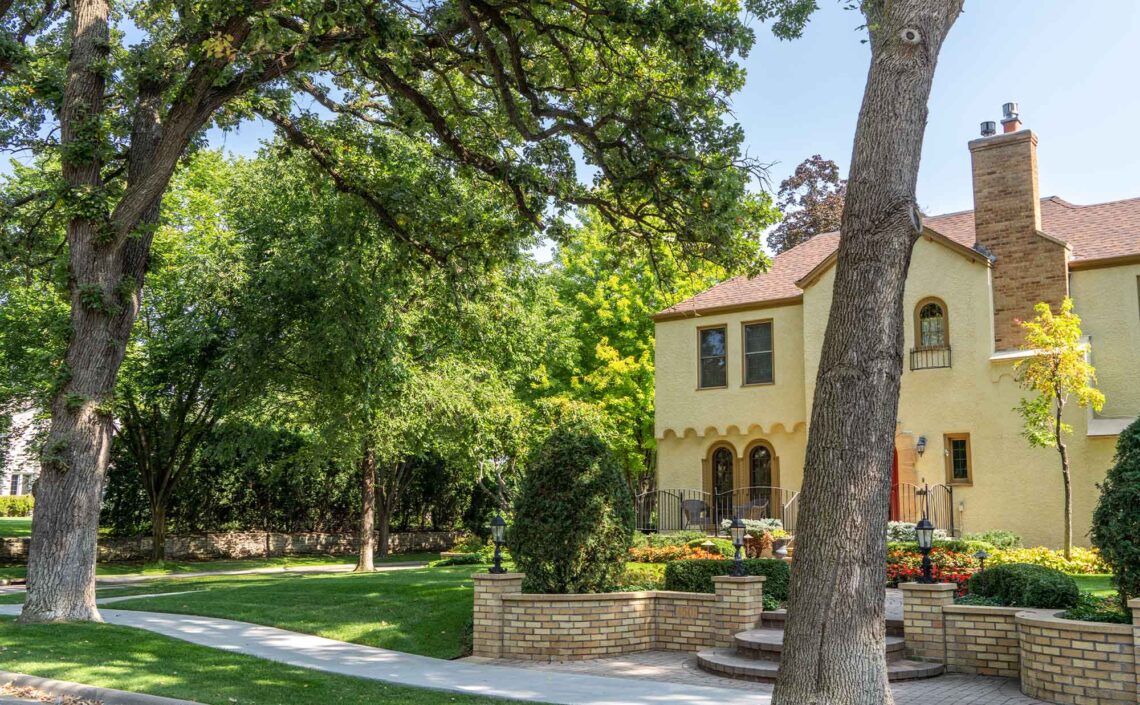
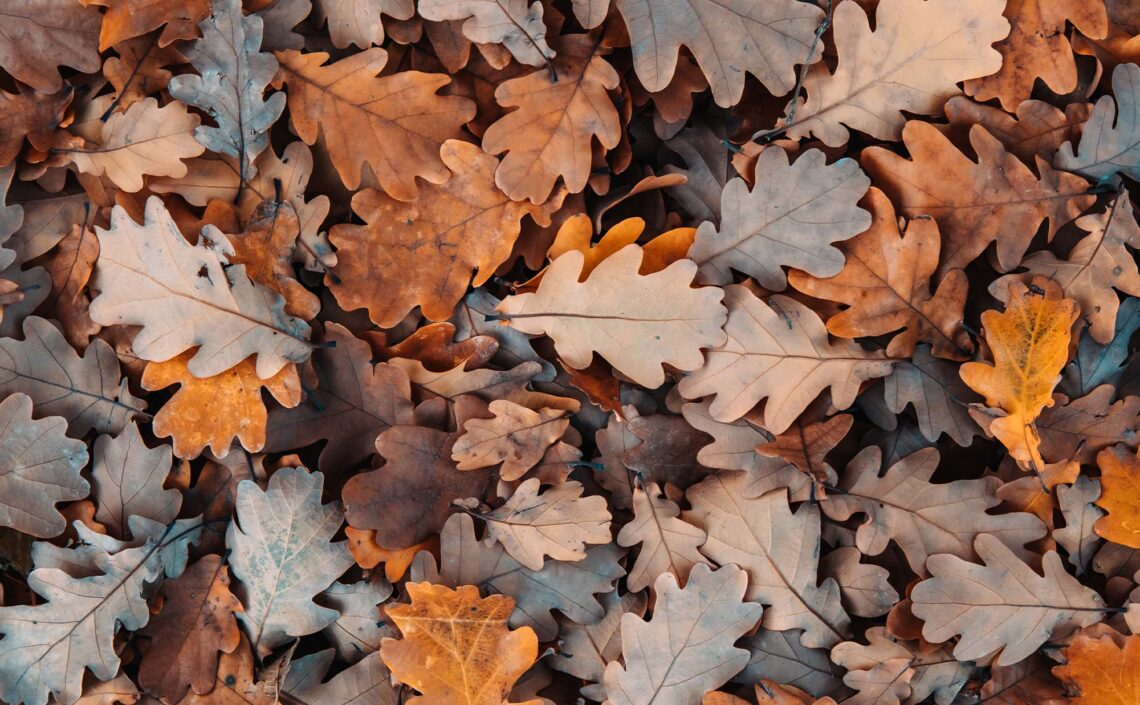
Oak Leaf Litter: Nature’s Soil Builder
This October, as leaves fall, consider leaving them in place. Oak leaf litter decomposes slowly, creating a rich layer that supports soil microbes, retains moisture, and filters pollutants. Unlike maple or birch leaves, oak leaves are resistant to invasive jumping worms, which are a growing concern in Minnesota gardens.
A Shared Responsibility
As University of Minnesota ecologist John Tester once said, “We have, as informed citizens, the privilege and obligation to decide the future.” Supporting oaks is not just an act of conservation. It is a commitment to building functional ecosystems right where we live.
This October, as you enjoy the changing colors and cooler temperatures, take a moment to appreciate the oaks around you and explore how seasonal care can help them thrive. You can find helpful guidance in our fall tree care tips. Oaks are not just trees. They are lifelines for Minnesota’s wildlife, soil, and climate resilience.

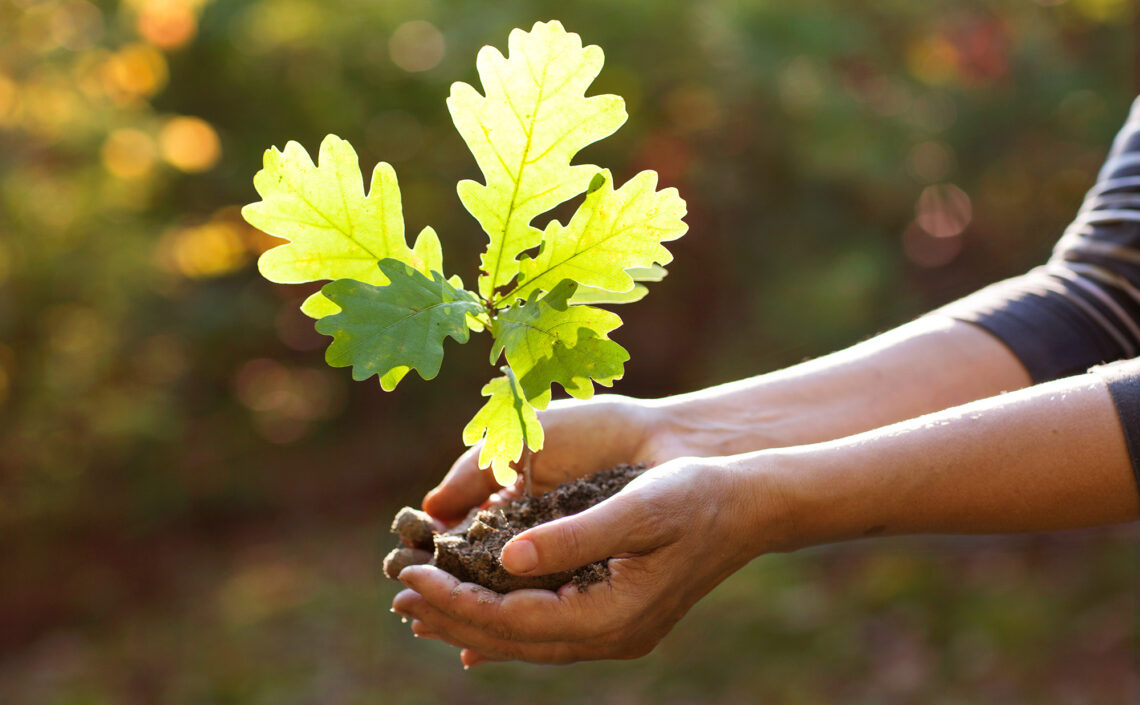
How You Can Help
If you are thinking about planting a tree this fall, choose an oak. While they may grow more slowly at first, oaks are resilient and can thrive with proper care. For smaller yards, consider the Chinkapin oak, which stays more compact. Contact us today for your tree planting consultation!
Ensure your oaks receive adequate water, use mulch instead of turf around their base, and schedule regular inspections and pruning to keep them healthy. For detailed guidance on how to care for oaks in Minnesota, read our Oak Species Care Guide.
Other items you may be interested in:
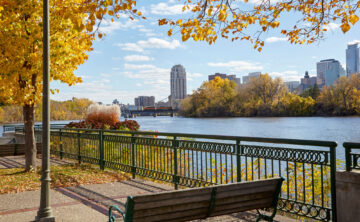
The Science of Fall Foliage
How Seasonal Changes Impact Our Local Ecosystem. Discover why leaves change color and what this season of transition means for Minnesota’s entire ecosystem.
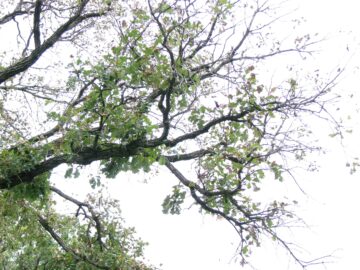
So What is Bur Oak Blight?
Bur Oak Blight (BOB) is a fungal disease affecting bur oak trees across Minnesota, Iowa, and neighboring states. In recent years, this disease has increased
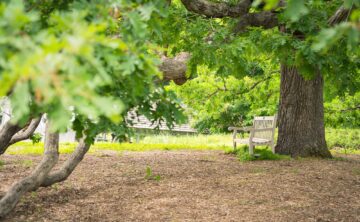
Why Is My Oak Tree in Minnesota Dying?
We compiled a list of the most common issues we have seen in oak trees around Minnesota, along with management options to help keep your trees healthy.
